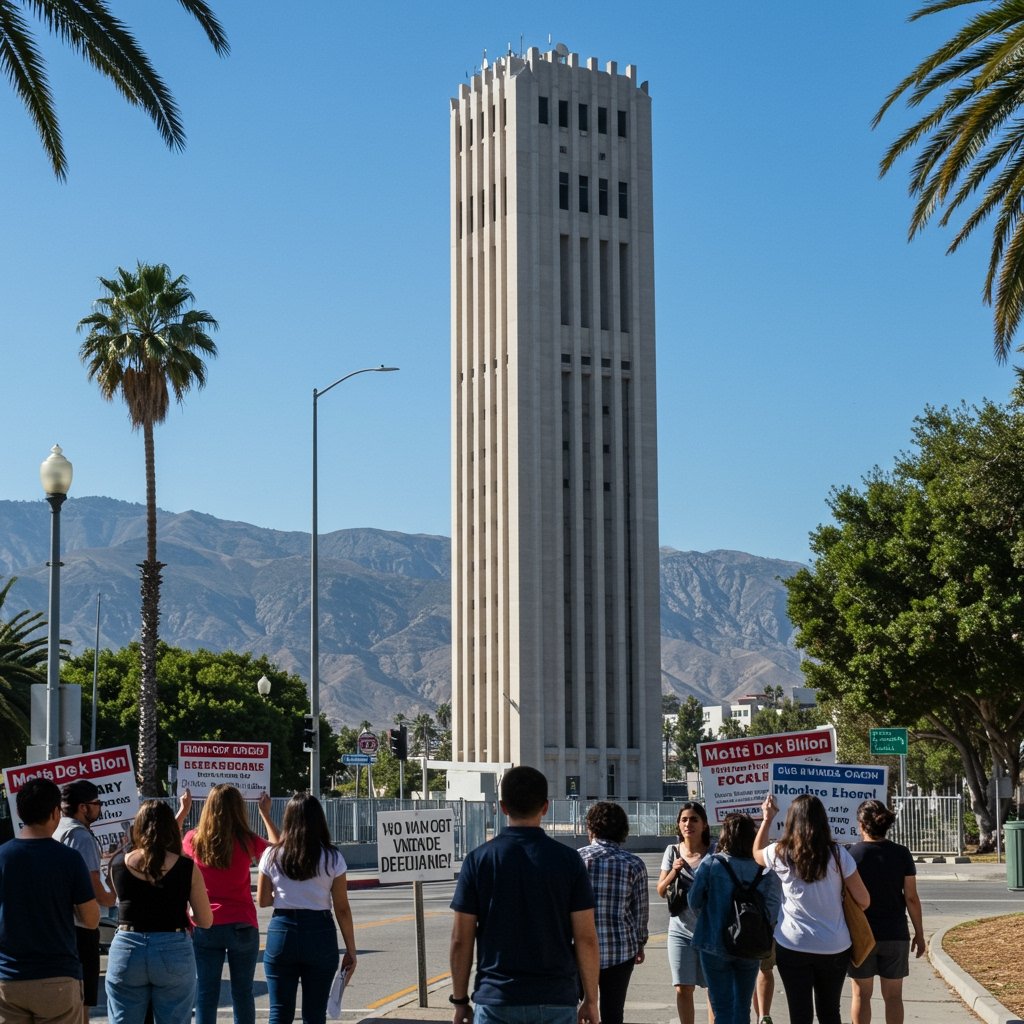California’s $15 Billion Water Bond Gains Traction Amidst Intense Debate
SACRAMENTO, CA – A significant and controversial statewide ballot measure, designated as Proposition 32, is steadily advancing through the California legislature. Known officially as the “Water and Climate Resilience Bond,” this ambitious initiative proposes a $15 billion investment aimed at overhauling California’s critical, often aging, water infrastructure and funding essential climate resilience projects across the state.
The proposal’s journey through Sacramento has been marked by considerable discussion and scrutiny. Proponents argue the bond is a necessary and proactive step to safeguard California’s future against the escalating impacts of climate change, while opponents raise substantial concerns regarding the potential long-term financial burden on taxpayers.
Addressing Critical Infrastructure Needs
At the core of the $15 billion bond measure is the urgent need to address the state’s deteriorating water infrastructure. California’s system of reservoirs, aqueducts, pumping stations, and delivery networks was largely built decades ago to serve a much smaller population and operate under different climatic conditions. Experts and state officials widely agree that substantial investment is required to repair, upgrade, and modernize these vital systems to ensure reliable water supply for agriculture, urban areas, and the environment.
The proposed bond funds would be allocated to various water-related projects. This includes necessary upgrades to major reservoirs to improve storage capacity and operational efficiency, enhancements to water conveyance systems to reduce losses and improve delivery reliability, and investments in local and regional water projects aimed at groundwater management, water recycling, and conservation initiatives. Supporters emphasize that failure to invest now could lead to significant water shortages, increased costs, and economic disruption in the future.
Investing in Climate Resilience
Beyond traditional water infrastructure, a substantial portion of Proposition 32’s proposed $15 billion would be directed towards climate resilience efforts. California faces significant threats from climate change, including more intense and frequent wildfires, prolonged droughts, and rising sea levels impacting its extensive coastline.
The bond specifically targets funding for projects aimed at mitigating these risks. This includes critical wildfire prevention initiatives, such as forest health treatments, fuel reduction projects, and upgrades to infrastructure in fire-prone areas. Additionally, the measure proposes investments in coastal adaptation efforts designed to protect communities, ecosystems, and infrastructure along West Coast communities from the impacts of sea-level rise and coastal erosion. These projects could range from restoring wetlands and dunes to building protective barriers and relocating vulnerable assets. The proponents argue that these investments are not only environmentally crucial but also essential for public safety and economic stability in vulnerable regions.
The Debate: Necessity vs. Fiscal Responsibility
The “Water and Climate Resilience Bond” has ignited a passionate debate across the state, pitting environmental and public safety advocates against fiscal conservatives and taxpayer watchdog groups.
Environmental and public safety advocates are among the staunchest supporters of Proposition 32. They contend that the $15 billion investment is indispensable for building long-term stability and resilience in the face of a rapidly changing climate. They highlight that the costs of inaction – from devastating wildfires and crippling droughts to coastal flooding – far outweigh the cost of the proposed bond. They view the measure as a comprehensive approach that links water security directly to climate adaptation, addressing interconnected challenges simultaneously. These groups emphasize that delayed investment will only result in higher costs and greater risks down the line, potentially threatening public health, safety, and the state’s natural resources.
Conversely, taxpayer watchdog groups have voiced significant concerns regarding the magnitude of the proposed bond and its potential impact on California’s state debt. While acknowledging the importance of water and climate resilience, they argue that adding another $15 billion in general obligation bonds could place an undue burden on current and future taxpayers. These groups typically advocate for more pay-as-you-go funding approaches, utilizing existing state revenues, or exploring alternative financing mechanisms rather than relying heavily on borrowing. They call for greater scrutiny of how the funds would be allocated and managed, demanding transparency and accountability to ensure efficient use of taxpayer dollars and avoid unnecessary debt accumulation.
Legislative Progress and Future Outlook
Proposition 32 has cleared initial hurdles in the legislative process. Key legislative committees in both the State Assembly and State Senate have given their preliminary approval, allowing the measure to continue its journey through the Capitol. This initial endorsement signals that the proposal has garnered sufficient support to be seriously considered for placement on a future statewide ballot.
The most likely timeframe for California voters to consider the “Water and Climate Resilience Bond” is the November 2026 general election. Its inclusion on the ballot would set the stage for an intense public campaign, with significant spending from both supporters and opponents seeking to influence voter opinion. The coming months are expected to see further refinement of the bond’s specific project lists and funding allocations as it moves closer to potential final legislative approval for ballot placement.
The debate over Proposition 32 underscores the complex challenges California faces in balancing urgent infrastructure and climate needs with fiscal responsibility. As the legislative process continues and the potential ballot date approaches, public discussion surrounding the $15 billion proposal is expected to intensify, shaping the future of California’s water and climate resilience efforts for decades to come.



















